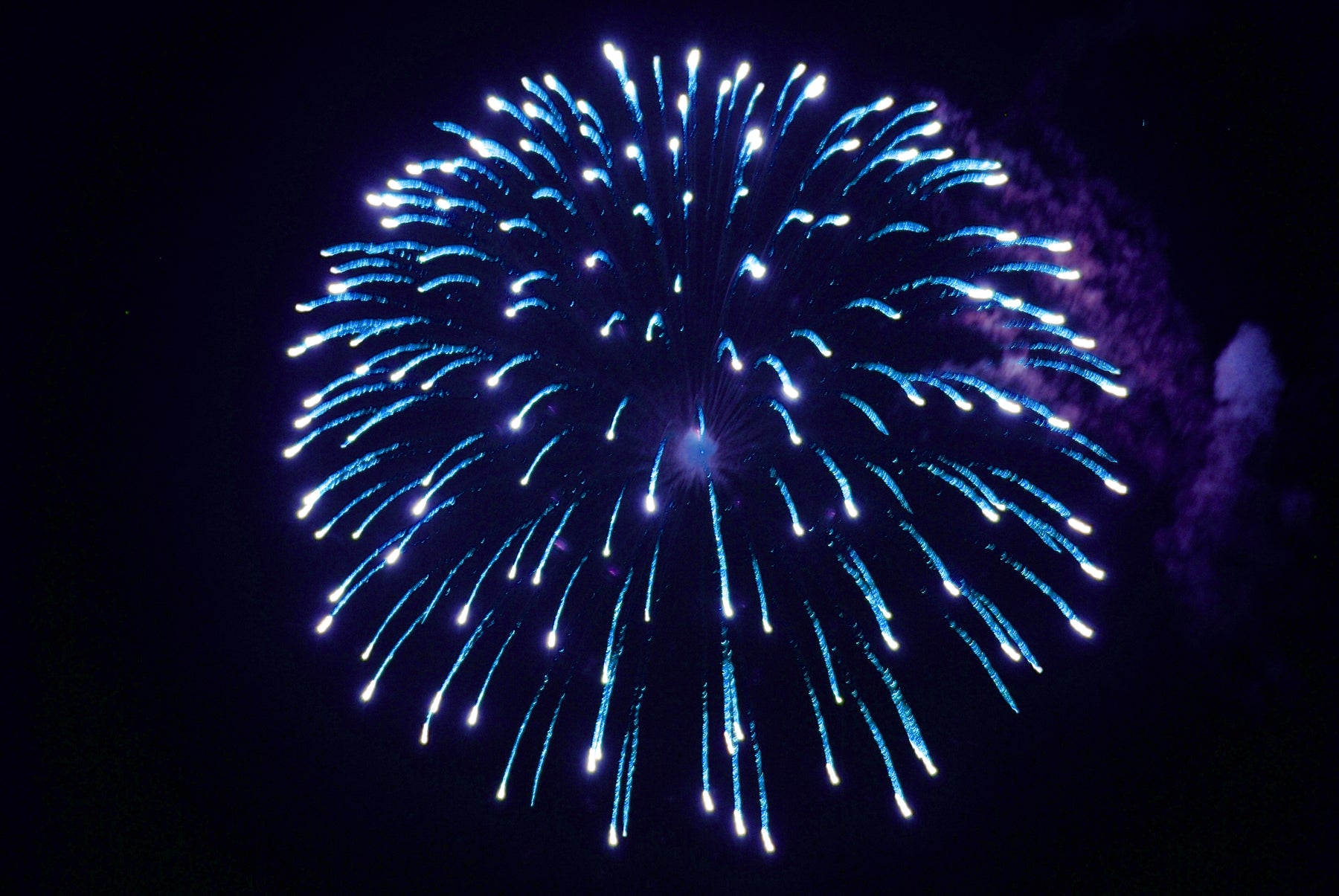
Greener ‘Blue’ Fireworks
Over the last few years, chemists, scientists and of course pyrotechnicians from around the world have been looking towards producing greener and cleaner fireworks.
It was the efforts of an US army team of firework specialists what discovered a chemical compound, long ago dismissed as ‘inert’ that was actually up to the task of replacing the chemical ‘Barium’ which usually produces the green in fireworks.
Barium is not a carcinogen but in higher doses can affect the nervous system causing anxiety, depression and tremors as well as affecting heart rhythm and has been recorded as a poison due to the number of deaths it was identified in.
Jesse Sabatini, Chemist at the Picatinny Arsenal in the US state of New Jersey, was tasked with replacing the green colouring in the hand-held flares used by the military in conflict zones as well as being incorporated into the training regime of the military to simulate gunfire and explosions. As such, they would regularly use higher than safe amounts of Barium and run the risk of exposing soldiers to it too so something had to be done.
It had to be cheaper to produce, cleaner and of course safer than Barium.
Initially, they looked to Boron but as it is a fast burning element it lost light too quickly to consider using in its original state. However, the discovered that by adding Boron Carbide to amorphous boron they could successfully lengthen the burn time and the colour was very good.
This is of course excellent news for the firework industry as it costs a great deal less than Barium too. They applied a similar theory when replacing the red flare compound but they knew that creating the ‘Blue’ might be a little more taxing. The blue in fireworks is firstly the most expensive to produced and uses copper chloride but it being a perchlorate, is known to affect the function of the Thyroid but one of the real issue was that everyone was of the opinion that copper perchlorate was the only possible ‘blue’ producing flame.
The tried a similar approach to the one adopted with the green and red flames and found they achieved a very good, bright and rich ‘blue’ using Copper (i) Iodide.
Great …. So they found a cleaner, greener, less harmful alternative which is non toxic but the cost at the moment still keeps it out of the reach of the pyro industry but the search continues.
I for one am delighted that there are some efforts being put into this particular field of science. That said, I do question why it has taken more than 200 years, since the Italians added the salts and metals used today into fireworks to make colour, for this field to see any real move forward but watch this space – we will keep you appraised of any further developments.
